In the realm of computer hardware, the synergy between a motherboard and its CPU can significantly impact overall performance. A motherboard CPU combo is a crucial match-up that can either unlock a system’s full potential or bottleneck its capabilities. This guide explores the ins and outs of motherboard CPU combos, offering insights into their functions, benefits, drawbacks, selection, and usage.
Table of Contents:
– What is a motherboard CPU combo?
– How does the motherboard CPU combo work?
– Benefits and drawbacks of a motherboard CPU combo
– How to choose the right motherboard CPU combo
– How to use a motherboard CPU combo
What is a motherboard CPU combo?
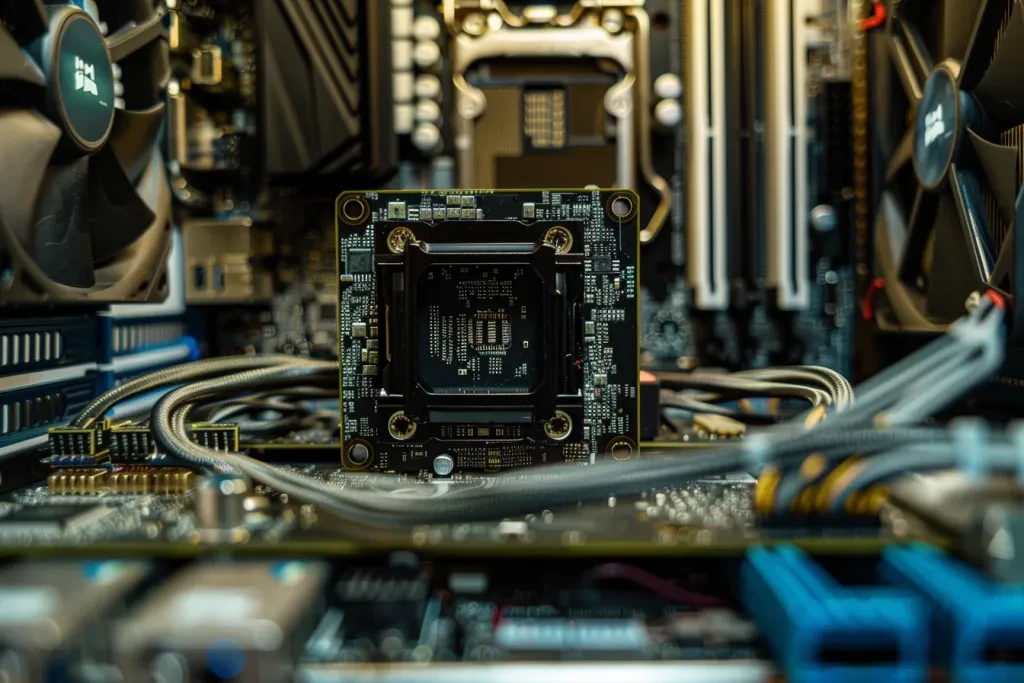
A motherboard CPU combo refers to the pairing of a central processing unit (CPU) and a motherboard, which are compatible and often sold together for convenience and performance optimization. The motherboard serves as the computer’s backbone, connecting all components, while the CPU, or the “brain” of the computer, executes instructions. This combination is pivotal in defining the computer’s capabilities, including its compatibility with other hardware, overall speed, and the ability to handle various tasks.
How does the motherboard CPU combo work?
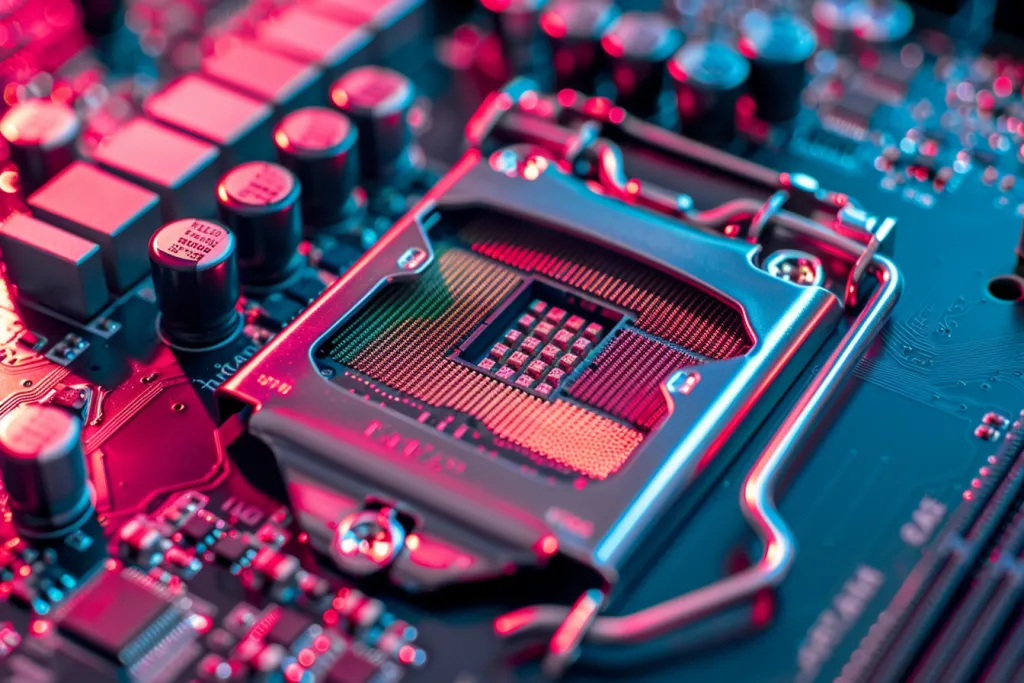
The motherboard and CPU work together to process and execute computing tasks. The CPU, with its cores and threads, handles the processing of instructions, while the motherboard facilitates communication between the CPU and other components, such as RAM, GPUs, and storage devices. The motherboard’s chipset determines the interface and features available, influencing the CPU’s compatibility and performance. Together, they form a synergy that dictates the efficiency, speed, and power of the computer.
Benefits and drawbacks of a motherboard CPU combo
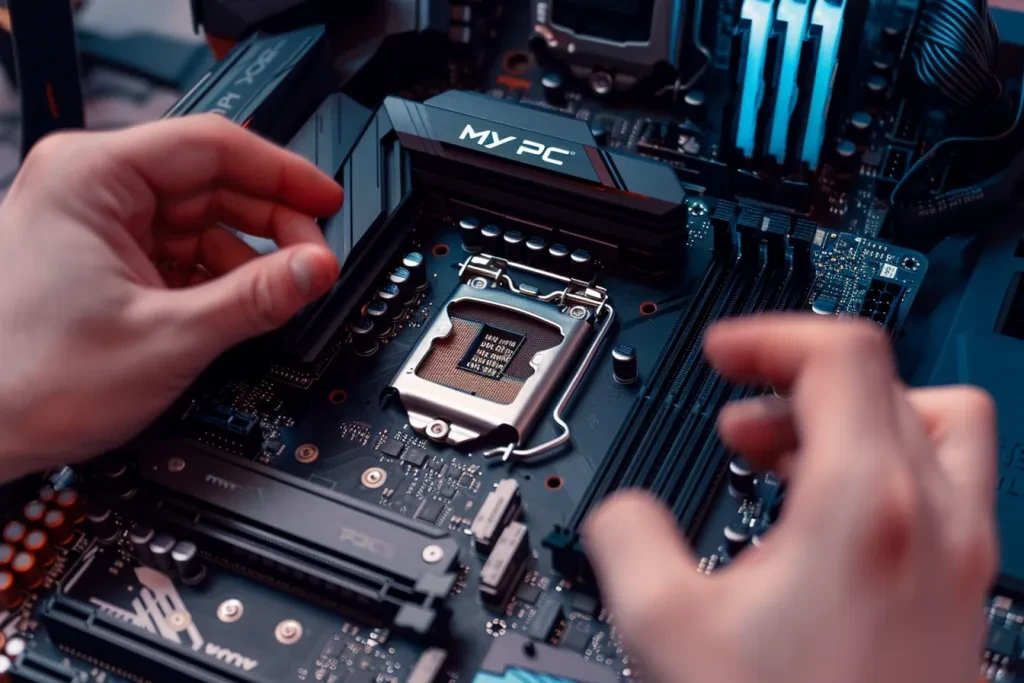
Opting for a motherboard CPU combo offers several benefits, including guaranteed compatibility, potentially lower costs, and ease of installation. It simplifies the building process, especially for those less familiar with hardware specifications. However, the drawbacks include limited customization and potential difficulty in upgrading. Users may find themselves restricted to the combo’s specifications, hindering the ability to tailor the system to specific needs or upgrade individual components.
How to choose the right motherboard CPU combo
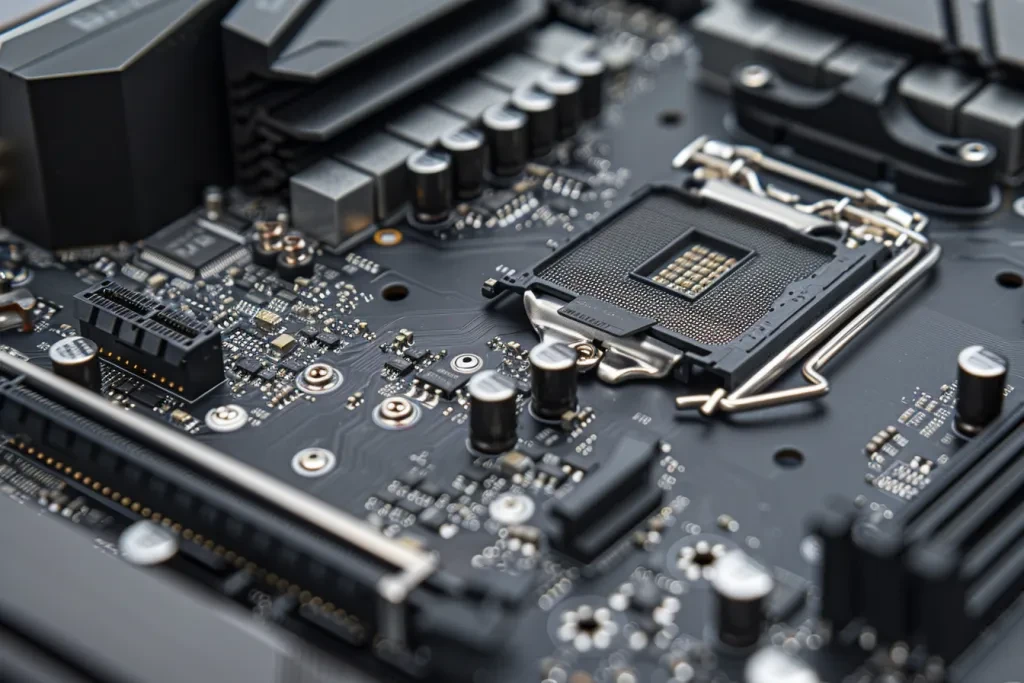
Selecting the right motherboard CPU combo involves considering factors such as the intended use (e.g., gaming, professional work, general use), compatibility with other components, and future upgrade possibilities. It’s essential to balance performance needs with budget constraints and to ensure that the chipset supports the desired features. Understanding the specifications and how they align with your computing needs can guide you to the ideal combo.
How to use a motherboard CPU combo
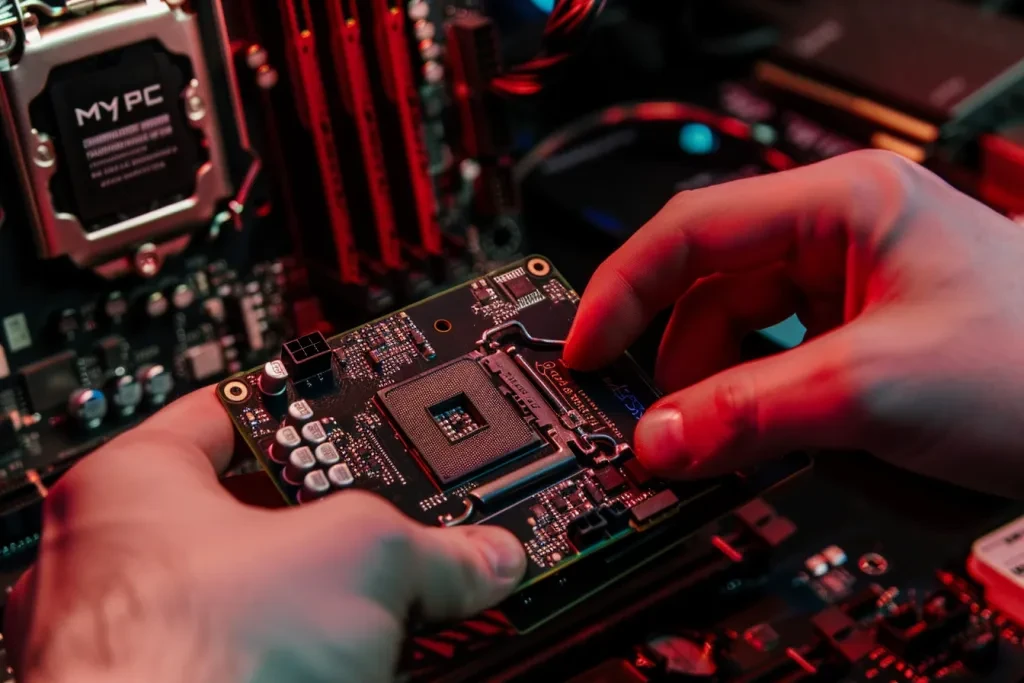
Using a motherboard CPU combo effectively means maximizing its potential through appropriate component selection and settings optimization. It involves installing the CPU onto the motherboard, ensuring proper thermal management, and configuring BIOS settings for optimal performance. Users should also consider the operating system and software compatibility, as well as regular maintenance and updates to keep the system running smoothly.
Conclusion:
A motherboard CPU combo is a foundational choice for anyone building or upgrading a computer. Understanding how these components work together, their benefits and limitations, and how to select and use them can significantly impact your computing experience. By carefully considering your needs and the information provided, you can unlock the full potential of your computer with the right motherboard CPU combo.



